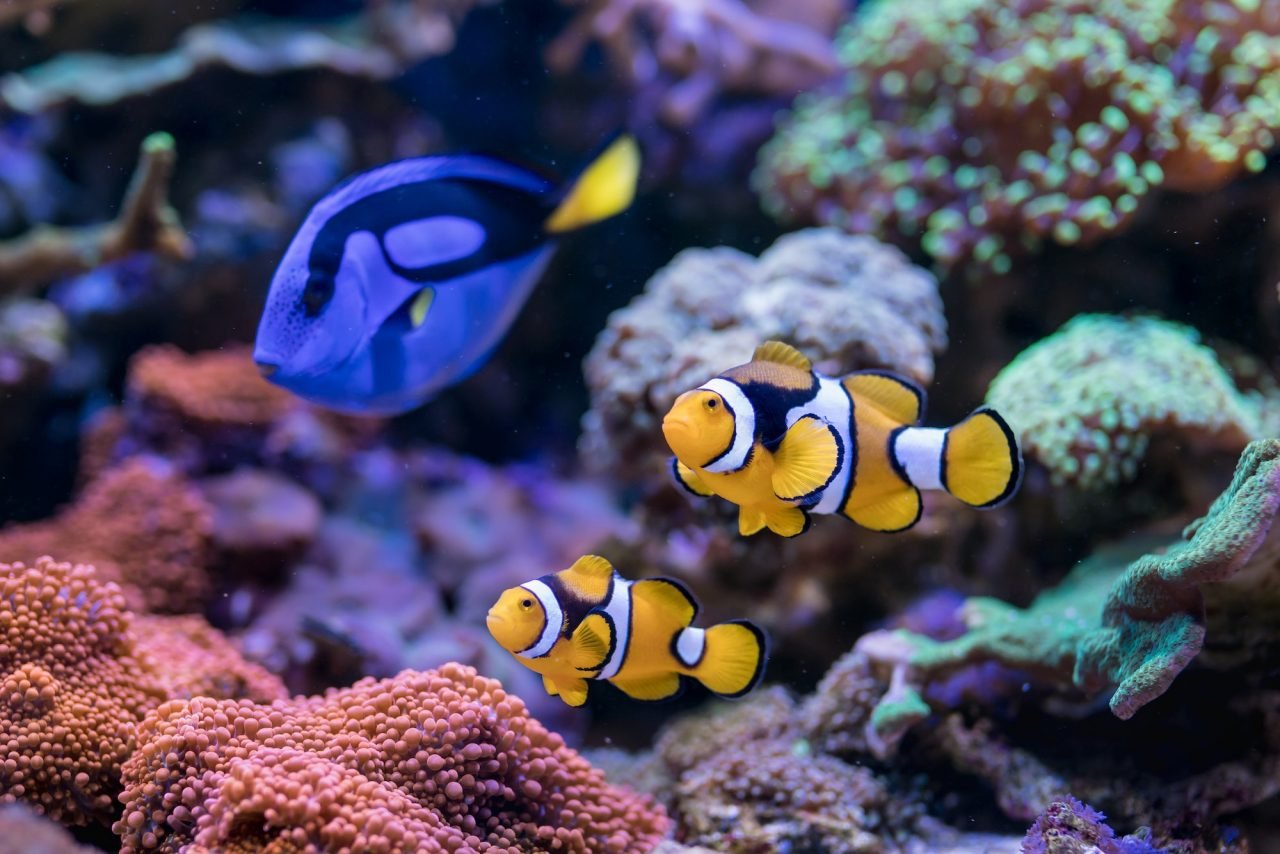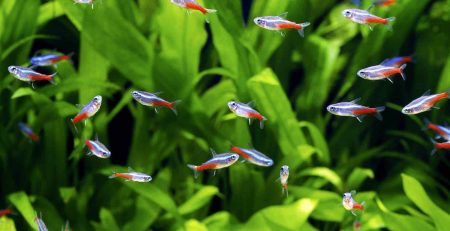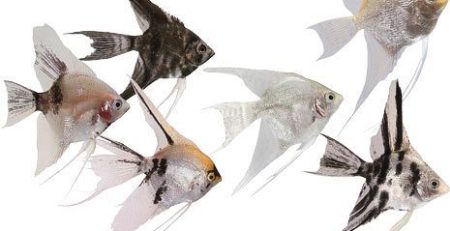
23
Feb
History of the Discus Fish
The discus fish was first identified by a man by the name of Johann Nattereri, a scientist who collected them between the years of 1817 and 1835. Nattereri not only documented the discus fish, but also countless other fish, mammals, and bird species that were found in the previously uncharted areas of the Amazon. As word got out of this newly discovered species, more and more scientists became interested in the biologically rich areas surrounding the Amazon River, and ultimately, the discus fish. In 1840, Johann Jakob Heckel, an Austrian zoologist led an expedition into the Amazon in search of the discus fish. It was on this expedition that Heckel assigned the fish with the scientific name Symphysodon discus, which translates to “disc-shaped with teeth in the center of the lower jaw.”
Many years later, in 1921, the first premium discus fish was imported to Europe by German importer Eimeke, where the fish only survived for a very short amount of time. The shipping process for discus fish, at the time, was very traumatic for the fish. Often, fish were shipped in large containers where they were kept for long periods of time, sometimes for upwards of several weeks at a time. The stress of this transport resulted in a high mortality rate for the discus fish that attempted the journey from South America to Europe. Those that did survive the transcontinental transport, however, died in a very short amount of time due to disease, brain damage and nervous disorders, and stress brought on by this method of transportation.
Breeding
The mid/late twentieth century saw the greatest advancements with respect to discus fish breeding and care, and it was around this time that there was a revision in the way that discus fish were transported. It was at this point that the airlines allowed for the transportation of discus fish from South American stations such as Brazil, Peru, and Colombia. This led to a much lower mortality rate of imported discus fish, as it minimized the amount of time the fish had to be in transit, therefore reducing stress and other disorders. In 1948, the first set of discus fish were shipped through the London airport, where they made headlines as “strange flying saucer fish.” By the 1950s, discus fish were able to be both successfully and consistently bred in captivity on a regular basis. In 1956, the first U.K. breeders, the Skippers, successfully bred a batch of discus fish, and by the 1960s, articles about the discus began to surface in the scientific community as public word about this new aquarium spectacle was now able to be rapidly spread.
Discus Coloration
In their natural Amazonian habitat, discus fish typically take on very dull, dark colors in order to blend in with the murky water and shadows of submerged debris. Often, discus fish in the wild range from a pale green to a dark brown with dark vertical bars to provide camouflage. The discus fish you see in aquariums today, however, display vibrant blues, greens, and reds; a far cry from the individuals described by Heckel and Natterer in the 1800s. With a much higher success rate for discus fish keeping, aquarists were able to shift their focus from just keeping the fish alive to selectively breeding the fish. In the 1970s and 1980s, discus fish breeders began to make names for themselves by selectively breeding certain fish together to produce more colorful, vibrant, and spectacular strains of discus fish. Jack Wattley, Carol Friswold, and Mack Galbreath are some of the most notable discus breeders in history, not for being the first breeders, but for creating colorful new strains such as the Turquoise discus, Hi-Fin blue discus, and Powder blue discus.
With so many different strains, colors, and patterns of discus fish seen in the aquariums of today’s enthusiasts, it is hard to believe that these extravagant disc shaped fish are the same species as the muddled brown discus fish found in the waters of the Amazon. Presently, there are countless different strains of discus fish that are the result of selective breeding. In an effort to produce the brightest, the most iridescent, and the most colorful strain, Symphysodon discus has undergone a transformation over 100 years in the making.

